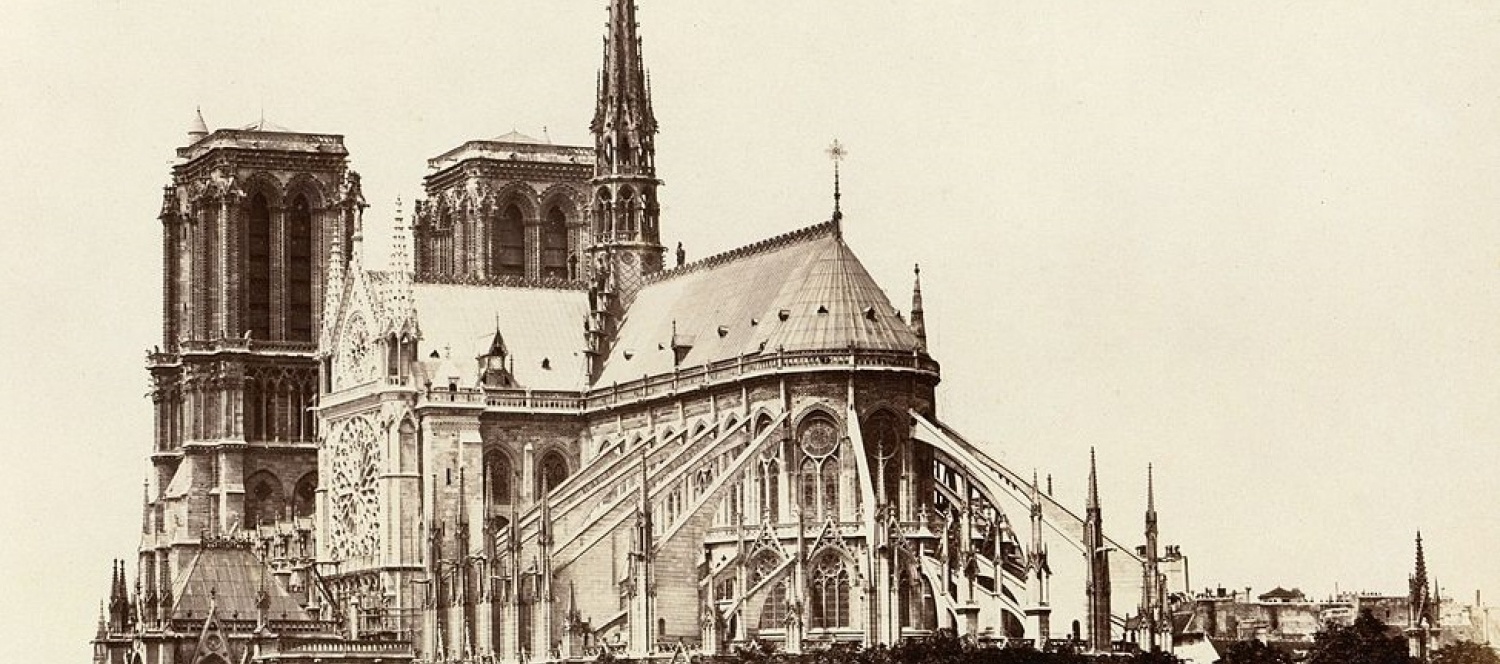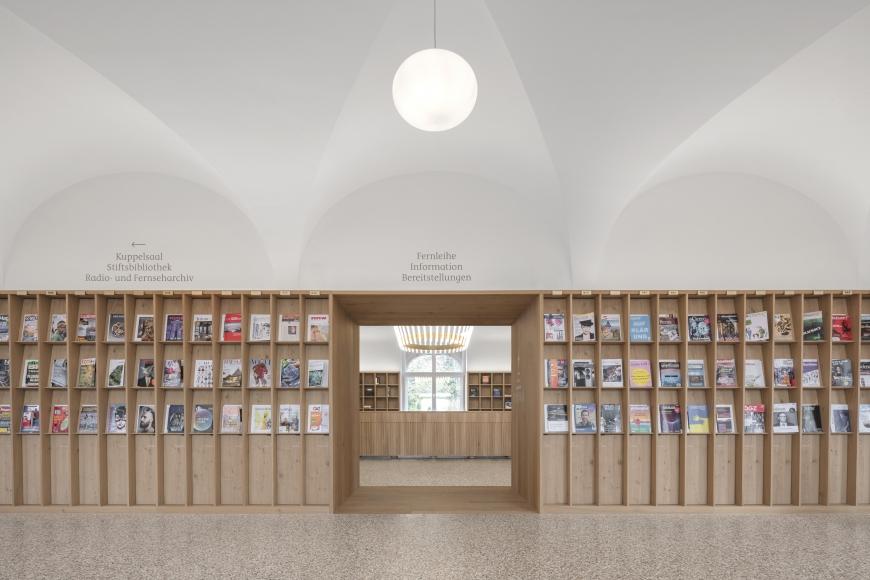Dominique Perrault: The Heart of the Heart

Notre-Dame, the heart of the heart of Paris, treasure of the Île de la Cité, has just suffered the most trying moments in its long history. Across all lands and cultures of the world, this drama leaves us speechless, touching the hearts and arresting the gaze of everyone. It reminds us all how much architecture, as indeed every artefact, is a fragile thing.
Notre-Dame is now the tragic proof that the preservation of our rich built heritage, the tangible traces of the great heights of craftsmanship that have been achieved, wherever they may be, is indispensable. This incandescent wound also reveals the emotional dimension carried by architecture and how its universal cultural value, its unique symbolic force, and its mythical dimension nourish the arts, literature and every individual’s own, personal geography.
Notre-Dame is an absolutely unique place, at the heart of the Île de la Cité, from Roman Lutetia to Greater Paris, a land unto itself. This disaster has aroused an immense wave of emotion in the hearts of architects who every day are building and rebuilding the history of architecture.
Tasked in 2015 with conducting an in-depth study of the means of ensuring the continued urban centrality of the Île de la Cité, in collaboration with Philippe Belaval, President of the Center for National Monuments, this event leaves me particularly heartbroken. We made this “island monument”, included on UNESCO's World Heritage List, the focus of innovative research and experimentation concerning the island’s future open to the participation of the public.
The rebuilding of Notre-Dame will be an extremely delicate undertaking, and we must not allow ourselves to be discouraged by the irreversible loss of the medieval ribbed roof, also known as “the forest”. Our heritage is a sedimentation deposited across the ages, with practically each century leaving its imprint on the cathedral. “Every wave of time superinduces its alluvion”¹. It will have to be rebuilt, and without altering the substance of its heritage.

Dominique Perrault © Domus China, WikiCommons
Therefore, we are compelled to completely review our relation to our heritage and to believe in its capacity for resilience. Notre-Dame must be made to live again and the best way to protect it is to see it through a vision of the future, which, through beauty, will transcend a simple restitution.
Finally, the unique energy of this place must be marshalled to restore to it an even more powerful presence, a wider resonance, transfiguring, amplifying and exalting it into something else. The stakes regarding the future of this monument are unique. For Notre-Dame and its island must once again incarnate the beating heart of a city that has become a vast metropolis. A most fascinating challenge indeed.
Dominique Perrault, Architect, Member of the Institut de France, 16/04/2019
¹ Victor Hugo, Notre-Dame de Paris (1831)
“Every wave of time superinduces its alluvion, every generation deposits its stratum upon the structure, every individual brings his stone. Such is the process of the beavers, such that of the bees, such that of men. The great emblem of architecture, Babel, is a bee-hive.”
Article Image (top): Notre-Dame de Paris, Édouard Baldus, c. 1860s © WikiCommons

